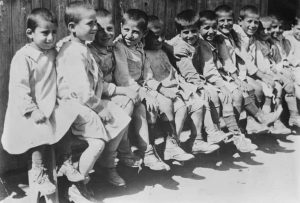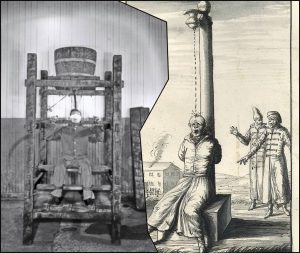In an experiment when dogs are presented with food, dogs would begin to salivate however the dogs then started to salivate in the presence of the technicians who would usually feed them. This was not expected to happen, the dogs were to simply salivate on seeing their food only.
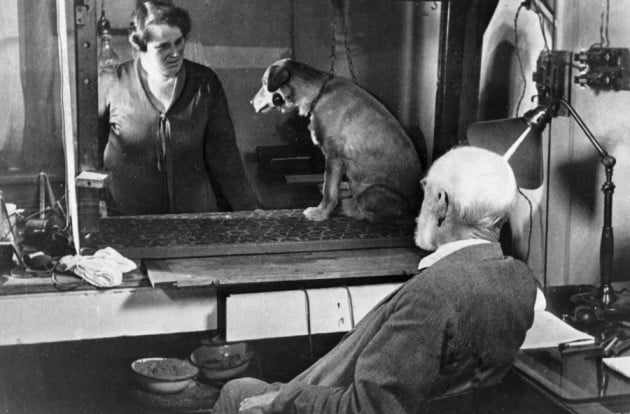
It was back in 1897, Soviet-Russian physiologist Ivan Pavlov conducted this dog experiment and when he found this unusual behavior he looked to investigate this further.
Before meal times the dogs would hear a bell rung referred to as the neutral stimulus at which point they would be given their food known as the unconditioned stimulus. After a few repetitions, the dogs started to salivate in response to the bell though there was no food.
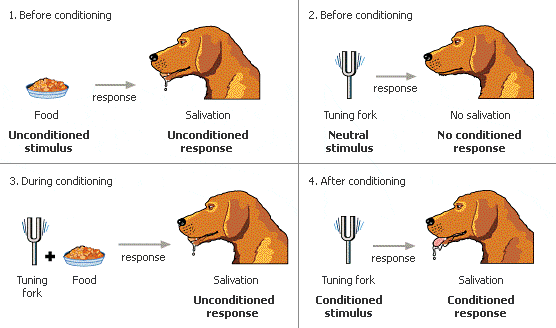
Pavlov concluded that the neutral stimulus (ringing of the Bell) after being repeatedly paired with an unconditioned stimulus (the food) started to turn into a conditioned stimulus producing the conditioned response, salivation.
Yes, this sounds perfectly sweet and really not a bad experiment for the dogs themselves. Well, you are yet to discover the flipped side of the coin.
Pavlov’s Experimentation Did Not End With Animals
Pavlov had surgically implanted a crude device embedded into dogs’ throats to measure the saliva excreted and Pavlov’s experimentation did not end with animals.
Pavlov took his research on to human testing. He also discovered how the brain learns to see the new stimuli as a particular signal that links various reflexes to them. This is how animals in the wild learn to hunt or escape being hunted.
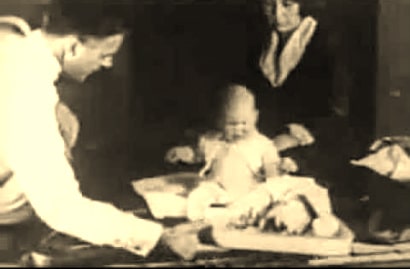
They learn to apply their reflexes to new situations based on experiences they’ve had before. If this could be applied to animals. Surely, it must be applicable to humans also.
Of course, measurements would still have to be taken. Saliva rates needed to be measured and that would again involve the use of a surgical implant embedded into the throat.
Unsurprisingly there were not many willing volunteers in the early 1900s. Russia did, however, have plenty of orphans and an absence of child welfare laws. Now at this point, Pavlov’s researchers suggested to purchases children, and the human experiments began.
The child would be put under heavy anesthetic and the implant was fixed into the orphan’s throat. When they awoke they would be tied to a laboratory chair with their hands bound so they would be unable to remove the device and taped their mouths open.
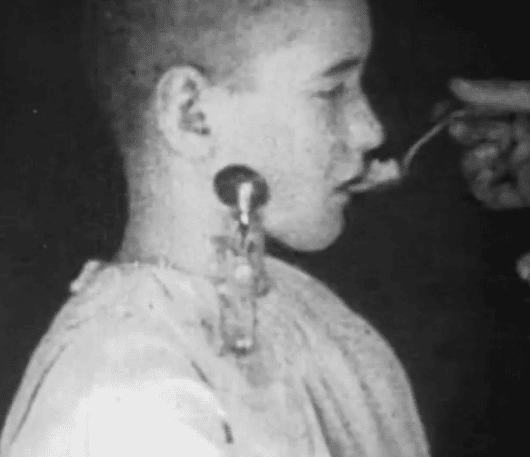
After that, the salivation was measured just like the dogs. A squeeze of pressure on the chance wrist (the neutral stimulus) was made, and a cookie was (the unconditional stimulus) presented.
Then the fitted drip tubes on their throats would measure their saliva however it was thought that despite the same research conditions the emotional stress proved too great to provide any useful results from this child experimentation

